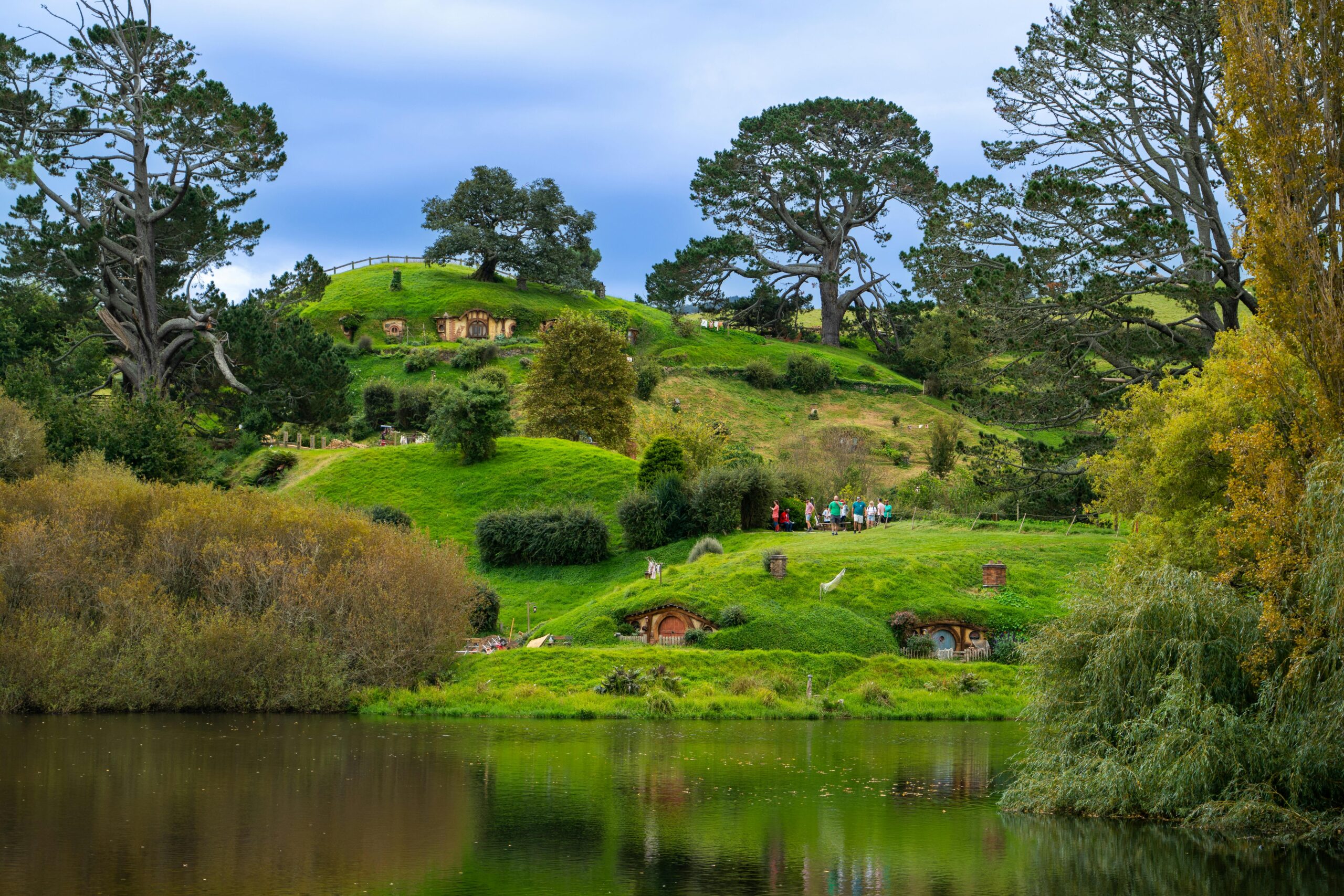An excerpt of my undergraduate thesis
While Tolkien’s Catholicism strongly informed his belief in many themes that build the novel, such as good versus evil, hope despite despair, and essential goodness, there is no Christian– or any other religion, for that matter– doctrine that founds Middle-Earth. There is a vague sense of Providence or other over-arching entity that has some control over the events of LotR, but there are almost no religious feasts, communions, sacrifices, or rituals described in the novel. Rosebury describes how “virtual suppression… of the theogonic and teleological myths central to The Silmarillion,” (the larger cycle of the history of Middle-Earth) urges readers to recognize essential themes “within oneself” and therefore recognize “an aspect of human desire, brought vividly to the surface of awareness” (287).
By taking a secular approach to the greater moral questions of humanity, life and death, and good and evil, Tolkien offers readers the same irreligious contextualization of life that is offered by Joyce and Pound as they consciously separate themselves from the religious tradition of their era. Unlike his contemporaries, Tolkien’s separation from religious tradition relies on fantastical elements instead of myth to instead give meaning to themes such as life and death or good and evil. John Hunter argues that Tolkien’s lack of myth in Middle Earth demonstrates Tolkien’s lack of “textual engagement of confronting historical change” (45). While not exactly aligning with T.S. Eliot’s ‘mythical method’ and the pattern set by Joyce’s Ulysses, these fantastical elements still draw from history and tradition, such as elves and dwarves. Both elves and dwarves, along with magical wizards and evil goblins, existed in Anglo-Norman tradition long before Tolkien included them in Middle-Earth. Elves specifically offer Tolkien a way for readers to interact with themes of immortality and the human desire to escape death by being an immortal creature, yet burdened by their knowledge and sorrow of their history. And their lands, Rivendell and Lothlorien, are both outside of the passage of time, offering mortal characters such as Frodo and Bilbo opportunity to interact with their understanding of history and their places in a greater historical cycle, and therefore allowing readers to place themselves in their own broader historical moment.
Tolkien uses these fantastical elements, rooted in a rich intertextual history of northern European folktale, to call attention to a much longer historical cycle rather than Hunter’s understanding of the mythic’s interaction with contemporary historical change. Yet Tolkien’s elves and Joyce’s use of the myth in Ulysses both accomplish the same purpose of “controlling, of ordering, of giving a shape and significance to the immense panorama of futility and anarchy which is contemporary history” (Eliot qtd. in Donoghue). Instead of relying on traditional religion or modernist myth to give order to Middle Earth, Tolkien utilizes fantasy, paired with a literary device of his own creation called “eucatastrophe,” to give meaning to Frodo’s journey to destroy the Ring.

